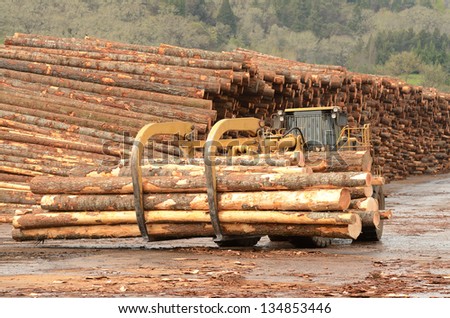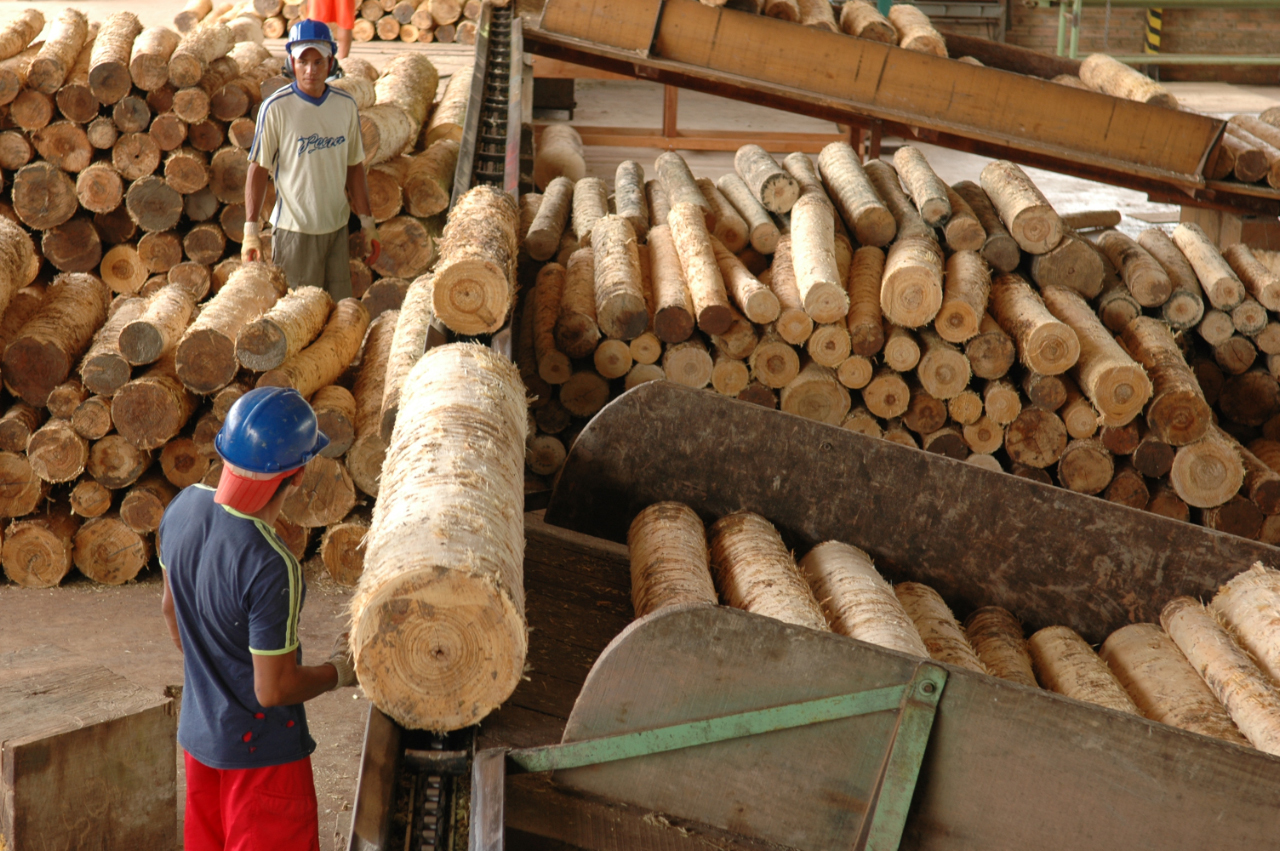Just trying to clarify ' date=',So in th OP, would you require sprinklers, if they were doing high piled stock ??[/quote']HIGH-PILED COMBUSTIBLE STORAGE. Storage of combustible materials in closely packed piles or combustible materials on pallets, in racks or on shelves where the top of storage is greater than 12 feet (3658 mm) in height. When required by the fire code official, high-piled combustible storage also includes certain high-hazard commodities, such as rubber tires, Group A plastics, flammable liquids,
idle pallets and similar commodities, where the top of storage is greater than 6 feet (1829 mm) in height.Over 6 feet High Piled Storage Chapter 23 applies2306.1 General.Fire protection and life safety features for high-piled storage areas shall be in accordance with Sections 2306.2 through 2306.10.Table
View attachment 2181
2306.2 501-2,500 sq ft nonpublic accessible (option 2) (whatever that is) Automatic fire extinquishing system not requiredThere is a provision to not require them for high piled high hazard commodity. I am playing devils advocate here. If it was in my jurisdiction I would probably be sending them off to a fire protection engineer for a review of the options available before I demand a sprinkle system with a fire pump and holding tanks since that seems to be the real issue.
View attachment 2181




